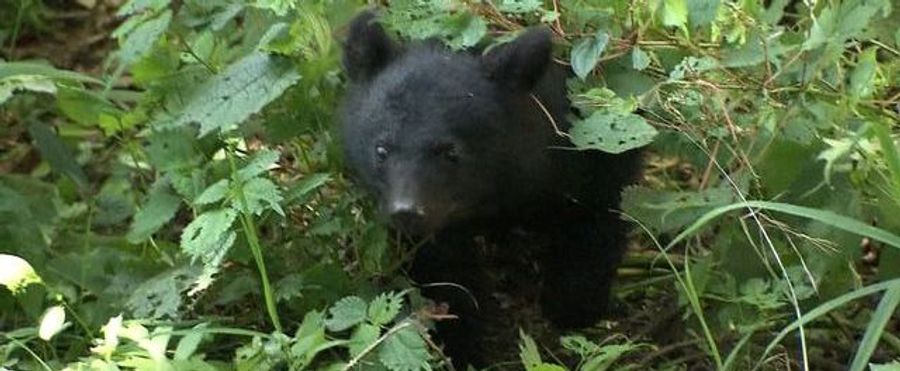Japan records its highest number of fatalities due to bear encounters. Authorities are struggling to devise and implement effective measures to prevent such unfortunate incidents. The alarm comes as bear-human interactions increase in various regions across the country. Discussions point towards developing sustainable and compassionate strategies that balance human safety and the ecological needs of the bears.
In Japan, the increase in bear encounters often sparks debates on urban-based life versus wildlife conservation. The debate is heightened due to Japan's unique geography and urban-rural dynamic, involving values of both safety and respect for nature. Common citizen concerns focus on safety within their homes and immediate surroundings, as well as better information about potential bear activity.
In the US, bear encounters are handled with similar concern, focusing on providing safety information, educating the public on how to react to encounters, and mitigating the humans' impact on bear habitats. However, they differ in the bigger role national park systems play in the US in managing wildlife. EU heavily relies on bear management strategies that can vary across countries, emphasizing cohabitation with large carnivores, the use of aversive conditioning, and under some circumstances, hunting.

